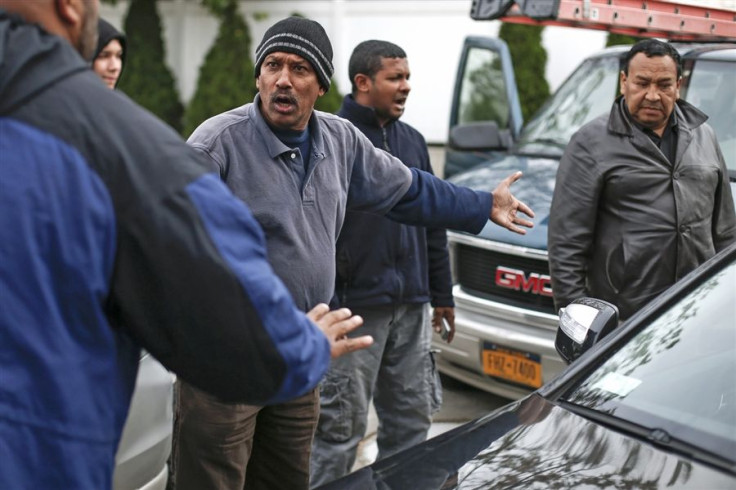Superstorm Aftermath: Gas By Monday? (Perhaps Next Monday)

New York Gov. Andrew Cuomo spoke too soon when he said the region’s gas shortage would begin to resolve itself over the past weekend.
By late Sunday, as cars were still lining up wherever their drivers thought gas might be available, the governor had already amended his claim, restating that it could take days for the supply chain that delivers gas from cargo ships to depots to tankers to gas stations to begin to return to normal.
“Now is not the time to be using the car if you don’t need to,” said Cuomo during a televised press conference Sunday. “Now is not the time to be hoarding fuel.”
By Monday, any easing of the situation was due largely to the return of (relatively) normal bus and train service to the metro area, allowing many commuters at least the public option. And as electricity and steam come back online, fewer people will require gas for generators to stave off cold.
Demand and supply have yet to meet in some confortable middle zone, so lines at what few gas stations are managing to receive deliveries continue unabated as the Department of Defense worked to pour 24 million gallons of gasoline into the flood-ravaged Northeast. Some unscrupulous entrepreneurs were shilling gas for as much as $20 a gallon in Brooklyn, according to ABC News.
Long Island Gasoline Retailers Association president Kevin Beyer isn’t optimistic, predicting that the current situation will likely continue at least to the weekend.
"People are creating a lot more havoc than there needs to be. People need to stop panic buying and relax," Beyer told Riverhead Local.
Refining capacity for the region was still two major facilities short. The Phillips 66 (NYSE: PSX) Bayway refinery in New Jersey, the largest East Coast refinery, which processes crude extracted from Canada, West Africa and the North Sea, was flooded so badly it could take weeks to replace the damaged electricals. The Port Reading, N.J., Refinery operated by Hess Corp. (NYSE: HES) is not expected back online for a few more days. The loss of those two refineries deprives the region of 308,000 barrels per day, or 24 percent of refining capacity, according to Bloomberg.
Pumping stations in Linden, N.J., were also knocked out, meaning fuel from Texas and the Midwest isn’t getting piped to Northeastern depots, so even as the power is restored to the supply chain, it still will take time for normal flow to resume. The lifting Friday of the Jones Act – a temporary suspension of the rule requiring U.S.- registered and manned ships to transfer goods from one domestic port to another – will help get fuel into the region, but shipping fuel from Houston that would normally be piped will take days just to make the trip through the Gulf of Mexico and up the Eastern Seaboard.
Assuming adequate storage facilities – many of which are down throughout the tristate area – are available to receive the fuel that will be shipped in, it will take more time to offload, then move the gasoline to the retail outlets where customers can get it.
© Copyright IBTimes 2024. All rights reserved.




















